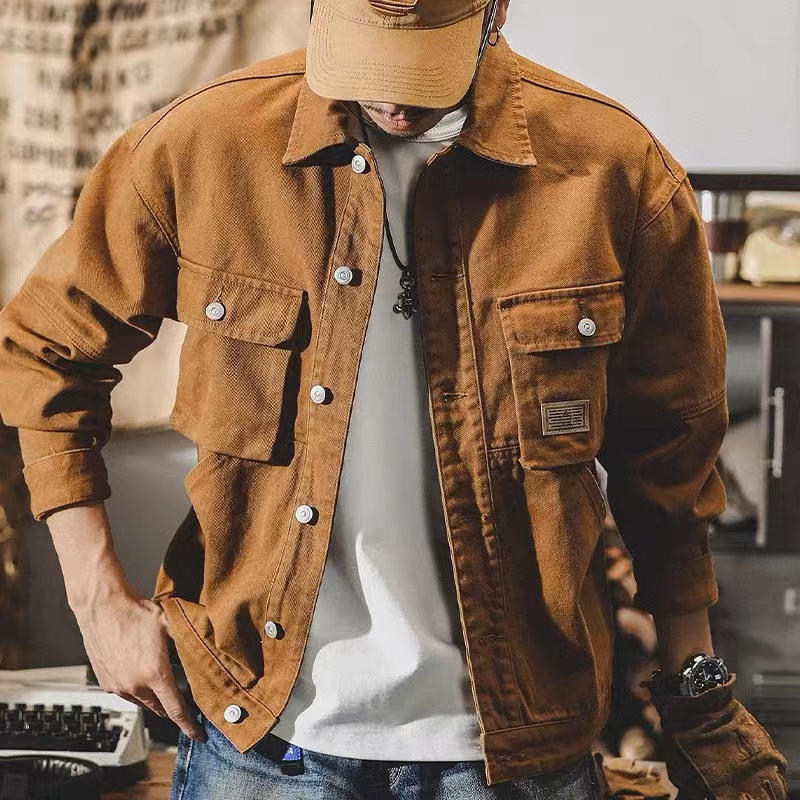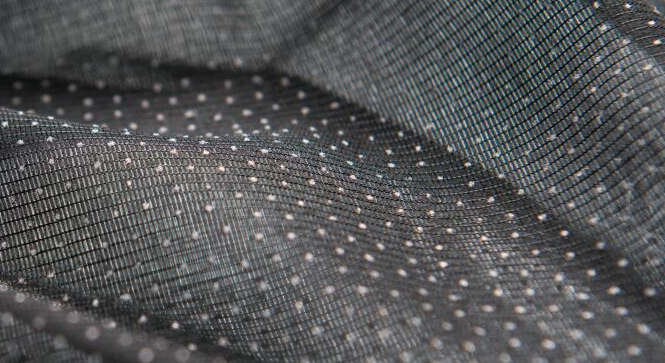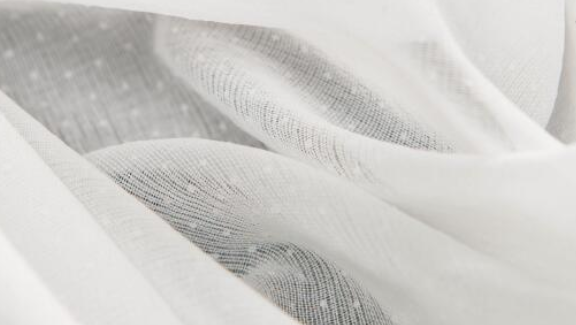Knitted lining for men's and women's fashion jackets
2022-09-27.
Garment interlining development to today, has been from the 1st generation of cotton, hemp, brown and other fabric interlining and the 2nd generation of black charcoal interlining (wool interlining, horsetail interlining), the 3rd generation of resin interlining development to widely used in the modern garment industry, the 4th generation of (woven and non-woven) hot melt adhesive interlining, and high flexibility, ultra-thin type, environmental protection, health type, washable, breathable type of senior interlining as the 5th generation of new adhesive interlining cloth also came into being.

Adhesive interlining "to sticky instead of sewing" simplified the modern garment processing process, so that the efficiency of industrial mass production has been unprecedentedly improved. Knitted interlining as a type of bonded interlining, it not only gives clothing more tendency to light, thin, soft, straight, elastic, Shu, but also gives the clothing gorgeous and colorful aesthetic characteristics, aptly reflects the individual requirements of people on modern clothing style.
In the face of a wide range of different performance of the interlining, how to make a scientific and reasonable choice and correct, safe and economic use, which is a common concern of the garment industry.

1、Definition of knitted interlining
Knitted interlining, is a knitted fabric as the base cloth, after the hot melt adhesive coating process of bonded interlining fabric. Knitted interlining is divided into warp knitted interlining and weft knitted interlining, warp knitted interlining and weft warp knitted interlining, its performance is similar to the woven interlining, both good with the movement, but also has a good drape.
Knitted interlining is a fusible interlining and a permanent fusible interlining, which is an important part of the 4th generation of interlinings (non-woven and woven fusible interlinings) and the 5th generation of interlinings (modified fusible interlinings). Due to the characteristics of knitted fabrics, knitted interlinings have become a unique and specialised interlining for knitted fabrics that is different from the usual fusible interlining. It is mainly used for the front of knitted outerwear, collars, lapels, cuffs, hems and pockets, as well as the waist of trousers and skirts, slits (zip fixing parts), foot openings (hem) and other parts, to do local bonding, to play a role in reinforcement, shape preservation, modelling, etc.
2、Classification of knitted interlining
According to the formation of knitted interlining base cloth can be divided into: warp knitting interlining, weft knitting interlining, non-woven plus sewing knitting interlining.
According to the performance of knitted interlining base fabric can be divided into: high elasticity interlining, low elasticity interlining, four-sided elasticity interlining, high support and high purpose interlining.
According to the use of knitted interlining parts can be divided into: big body interlining, collar interlining, placket interlining, lower waist interlining, cuff interlining, pocket interlining, waist joint interlining, slit interlining, draw strip interlining, etc.

3. The performance of knitted lining
Knitted garments, especially knitted outerwear and the use of woven fabrics have many differences, knitted outerwear used knitted fabric is the most important feature of multi-directional elongation. Because regardless of the use of natural fibre fabrics or chemical fibre fabrics or interwoven fabrics, as a result of the string set of coils, knitted fabric stretch is very obvious. Therefore, the selection and use of fusible interlinings with similar or identical properties to those of knitted fabrics is the preferred condition for knitted outerwear (garments).